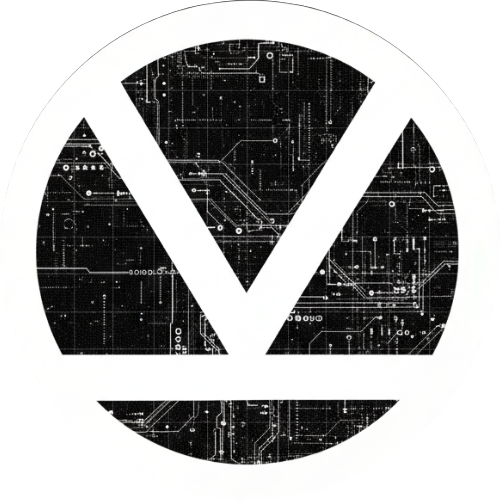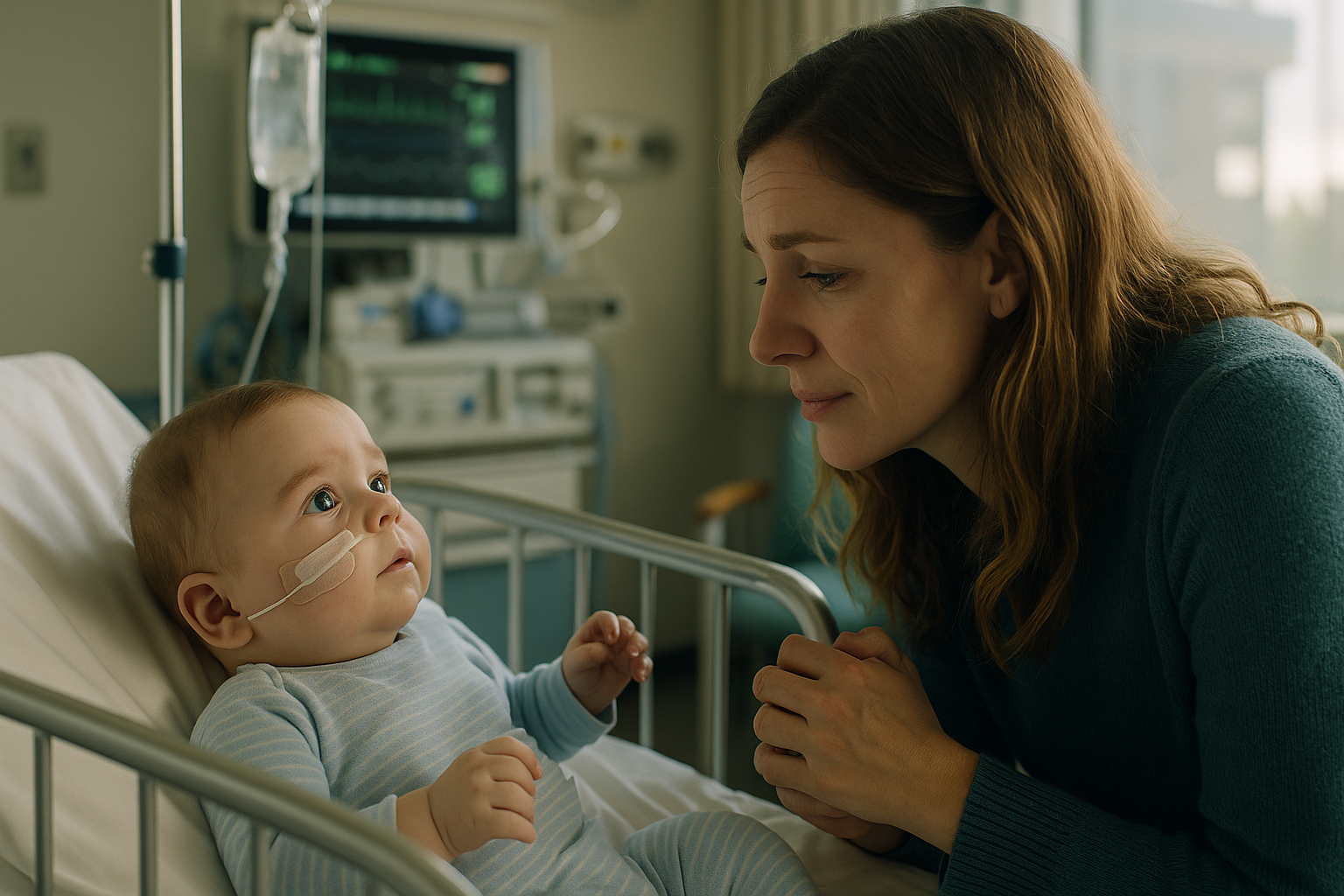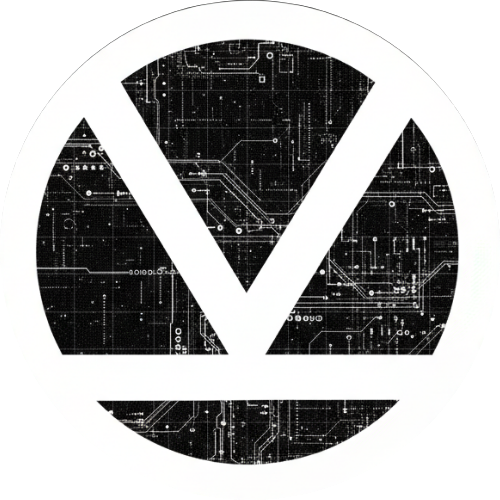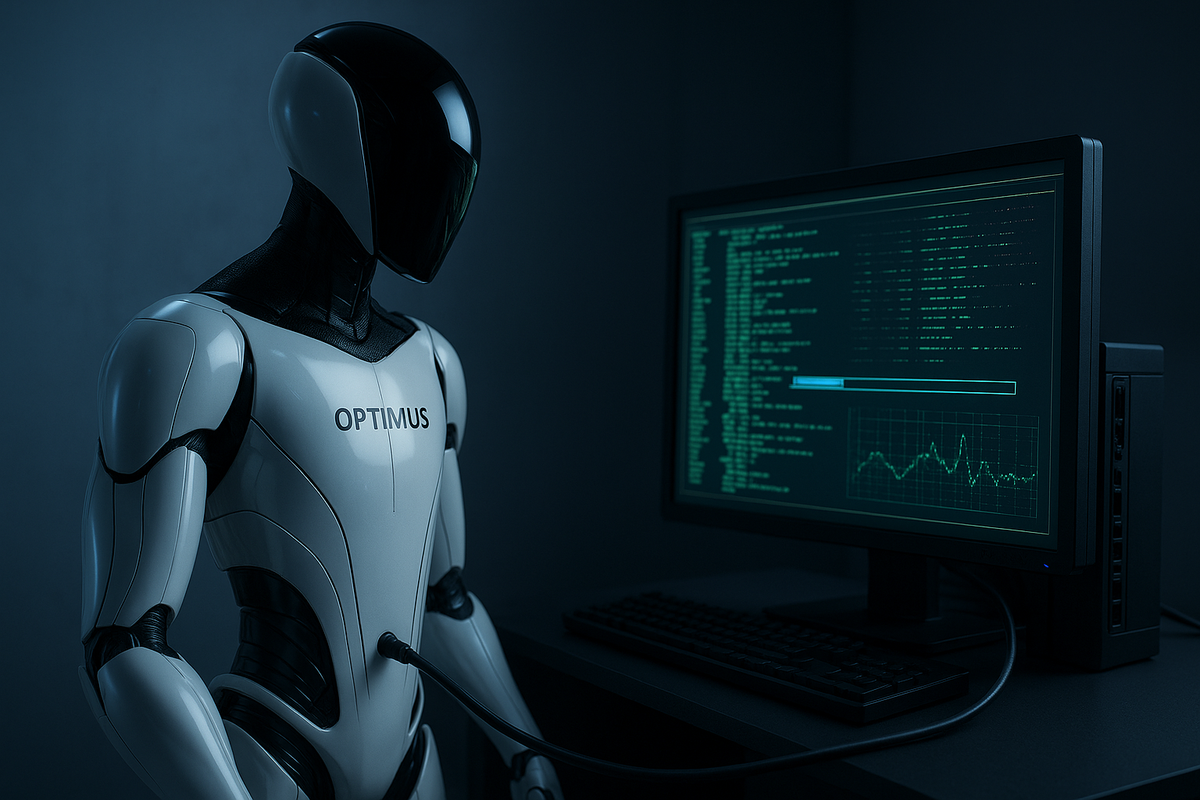That was the devastating reality for baby KJ, a newborn diagnosed with one of the rarest and deadliest genetic diseases known: severe CPS1 deficiency. The only traditional option? A liver transplant he was too small to survive. But a pioneering team at Children’s Hospital of Philadelphia (CHOP) and the University of Pennsylvania refused to accept that fate.
Instead, they made medical history.
Using CRISPR-based gene editing, researchers created a one-of-a-kind therapy—tailored specifically for KJ’s genetic mutation—that rewrote his DNA in real time. And it worked.
"We were looking at comfort care, a transplant, or severe delays. Then gene editing became a real option." —Nicole Muldoon, KJ's mother
What Is CPS1 Deficiency and Why It Matters
CPS1 deficiency is a severe urea cycle disorder that blocks the body's ability to remove ammonia—a byproduct of protein breakdown. Without intervention, ammonia builds up rapidly in the blood, causing brain damage or death.
Only 1 in 800,000 to 1.3 million births are affected. There was no cure. Until now.
The Birth of a Custom Cure
Designing a Therapy for One
Within just six months, Dr. Rebecca Ahrens-Nicklas and Dr. Kiran Musunuru engineered a CRISPR base-editing therapy delivered via lipid nanoparticles. The treatment corrected KJ’s specific mutation directly in his liver cells.
- Technique: CRISPR-Cas9 base editing
- Target: Somatic liver cells (non-heritable)
- Delivery: Lipid nanoparticle infusion
- Outcome: KJ's body began detoxifying ammonia, gaining strength daily
Real-Time Results
KJ received his first dose at six months old, followed by two more over the next two months. Soon after, he tolerated more protein in his diet, needed less medication, and showed rapid developmental progress.
"This is the first real-time, in vivo gene editing therapy personalized to a single patient. It sets a precedent." —Dr. Kiran Musunuru
CRISPR: From Lab Tool to Lifesaver
CRISPR (Clustered Regularly Interspaced Short Palindromic Repeats) began as a microbial defense system. Today, it’s humanity’s scalpel for rewriting faulty DNA with surgical precision.
While CRISPR is FDA-approved for common diseases like sickle cell and beta thalassemia, KJ's case proves its most powerful potential lies in tailored, individualized care.
"This is personalized medicine in its purest form. We're not far from a future where no rare disease goes untreated due to lack of scale." —Joni Rutter, NIH
Backed by Science, Recognized Worldwide
This revolutionary case wasn't just a clinical success—it was validated by top scientific institutions:
- Published in the New England Journal of Medicine: Read the study
- Press release by Penn Medicine
- Report from Children’s Hospital of Philadelphia (CHOP)
- NIH announcement: NIH.gov
Why This Changes Everything
For decades, rare diseases were orphaned by pharmaceutical models. Treatments took years, and one-size-fits-all wasn't enough. KJ's recovery demolishes that barrier.
This is the new paradigm:
- Therapies built for the individual
- Faster from diagnosis to treatment
- A scalable blueprint for other ultra-rare conditions
"The promise of gene therapy we’ve heard about for decades is coming to fruition. This changes medicine." —Dr. Musunuru
A New Era for Rare Disease Families
KJ's story gives hope to millions whose diseases were considered untreatable. It shows that cutting-edge science can be compassionate, swift, and deeply personal.
"We put our trust in science, hoping it could help not just KJ, but other families like ours." —Nicole Muldoon
Final Thoughts: The Future Is Personal
Baby KJ’s case isn’t just a breakthrough. It’s a revelation: DNA errors can be corrected in real time. Lives can be rewritten. And no patient is too rare to matter.
"Some day, no child will die from a misspelling in their DNA we know how to correct." —Dr. Musunuru
And that day just got closer. Share this story to inspire those who believe in the power of science to heal.







